S Group has managed to reduce its energy consumption by over 30 per cent in just five years. The carbon footprint of this network of retail companies is also being reduced through the increasing use of wind power. Even customers are being offered emission-reducing alternatives.
S Group maintains over 1,600 locations all over Finland and is the country’s largest non-industrial consumer of electricity. In recent years, the co-operative group has systematically looked for ways to reduce energy consumption in its stores, restaurants, hotels, service stations and logistics centres.
Senior Vice President, Sustainability and CSR at S Group, Lea Rankinen, says this has borne fruit. “The energy consumption of S Group locations has dropped over 30 per cent to below 2010 levels,” says Rankinen.
Improving the energy efficiency of properties substantially reduces S Group’s electricity bills. It also improves S Group’s image among consumers and other stakeholders, being seen as a responsible organisation when it comes to environmental matters. “Concrete results have shown management and employees that working towards achieving energy efficiency is worth it. The financial savings allow us to lower the prices of the products we sell.”
New refrigerators
In S Group properties, most of the energy goes on refrigeration, lighting, ventilation, heating and kitchen appliances. “In order to save energy, we need precise information on where the energy is going. We use an energy consumption monitoring system, which covers all S Group properties,” says Rankinen. It has been possible to reduce energy consumption, for example, by the smarter control of heating and ventilation systems.
One of the biggest consumers of electricity in supermarkets is refrigeration equipment. The efficiency of their energy consumption has been significantly improved by replacing old equipment with new cabinet and island units, which are fitted with doors and lids. Lighting is also a major consumer of electricity in properties. Across S Group, savings have been achieved by developing automated lighting and control systems. “Also, the adoption of new technologies, such as replacing standard light fixtures with LED lighting, has resulted in major savings,” says Rankinen.
Management helps save energy
Rankinen emphasises that ensuring the commitment of all employees and, in particular, management is essential to saving energy. “Improving energy efficiency is very much a question of leadership. That’s also why reports on the energy consumption of our locations are regularly submitted to top management.”
According to Rankinen, S Group has now implemented energy-saving measures that are relatively easy and affordable to put in place. In the future, achieving results will take more work. Energy efficiency is taken into account in all new construction and other investments, and there is currently a scheme under way in which an individual target for energy consumption is set for each location: “In the future, it will be possible to monitor how each building achieves its set target.”
Wind power
The firm’s carbon footprint has also been reduced by increasing the use of renewable sources of energy. In 2009, S Group and the energy company St1 founded TuuliWatti Oy, a joint venture which currently maintains 84 operational wind turbines throughout Finland. There are an additional 47 new wind turbines under construction. “Right now, just over one third of the power used by S Group is supplied by in-house wind power. The goal is to increase the percentage of wind power use to 50 per cent this year.”
In addition to wind power, S Group is also exploring other renewable sources of energy, which could be used to reduce the carbon dioxide emissions of its properties. “For example, in new construction projects, we are exploring the possibility of using solar or geothermal heat.” In the renovation of locations, emissions are reduced by replacing, for example, old oil heating systems with district and geothermal heating.
Electricity consumption can also be reduced by means of smart property-energy management. S Group properties in Sipoo and Oulu are currently part of a pilot project in which new methods are being tested to balance electricity production and consumption. Led by the VTT Technical Research Centre of Finland, the project’s smart system indicates how much a building’s energy consumption can be increased or decreased in real time.
Purchasing decisions that reduce emissions
According to Lea Rankinen, S Group also helps its customers make purchasing decisions that reduce emissions. The ABC service stations sell the EkoFlex E85 fuel, which is 80 to 85 per cent bioethanol. According to Rankinen, the carbon dioxide emissions produced during the life cycle of the fuel are up to 80 per cent less than those produced by fossil fuels. “EkoFlex is made with biowaste from the Finnish foodstuffs industry and supermarkets. Its production does not compete for arable land with food production.”
Rankinen insists that more and more supermarket customers are thinking about the impact their purchasing decisions have on the climate. Emissions can be reduced, for example, by decreasing the consumption of animal-based products and increasing the percentage of vegetables in the shopping basket. “In our supermarkets, we showcase seasonal products that are in their prime at a given time. This has increased the demand for vegetables, root vegetables and fruit.”
Text: Matti Remes
What can you do yourself?
Sitra has put together a toolkit for companies (in Finnish only). It covers operational areas that are key to achieving carbon neutrality: strategy, leadership and culture, new business opportunities and carbon efficiency. The toolkit presents companies with information on the benefits of carbon neutrality by offering ideas, models and examples of methods which some companies have already used to come up with successful solutions. You can use these tools to set your business on the road to cleaner solutions and carbon neutrality, thus maintaining your competitiveness.
Download the toolkit (PDF, in Finnish) to your own computer or view it directly on our website. When you open the PDF version in Adobe Acrobat Reader, you will be able to navigate by clicking on the content and sections you want to read more about. You can also move forwards and backwards using the arrow buttons if you wish to read the entire document.
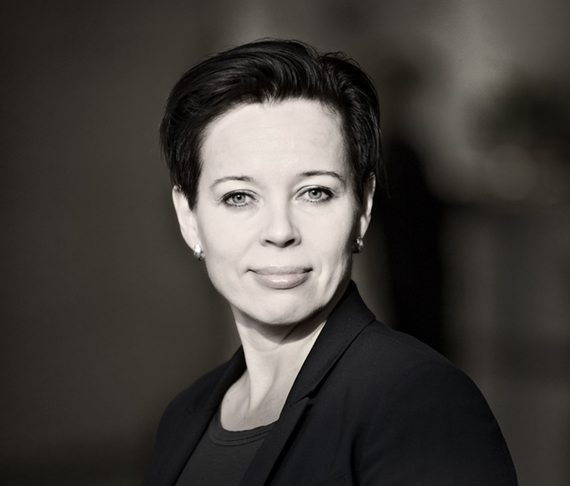
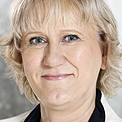
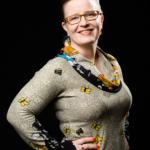
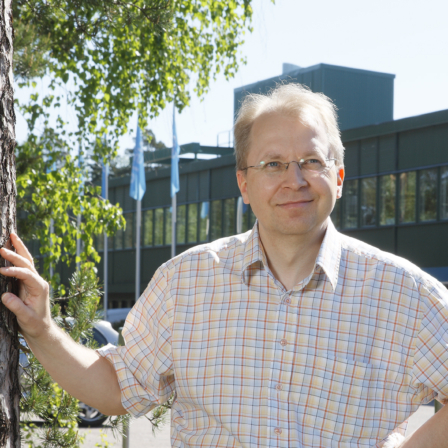

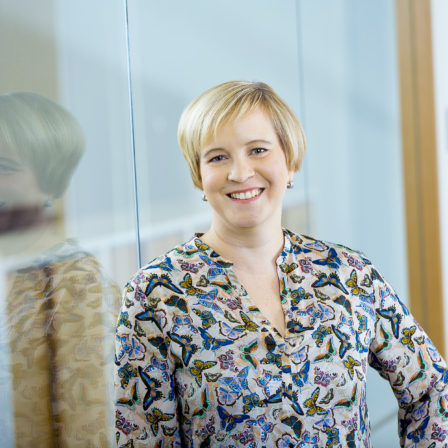
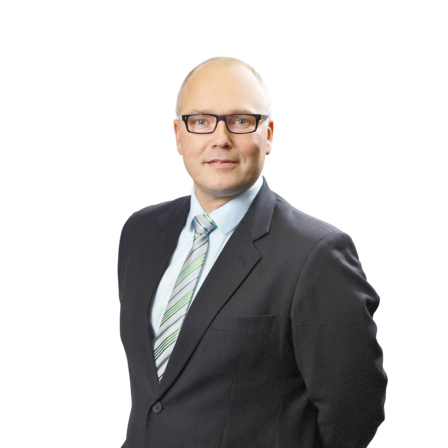
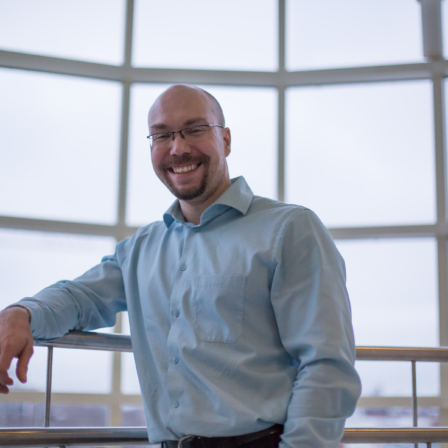
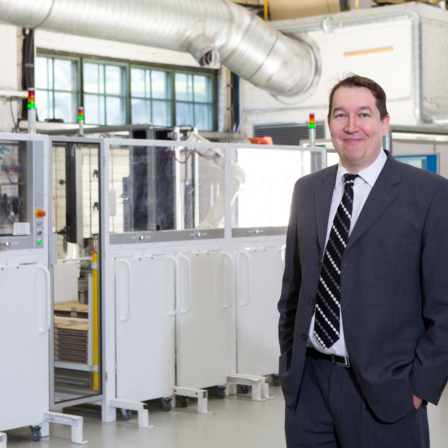
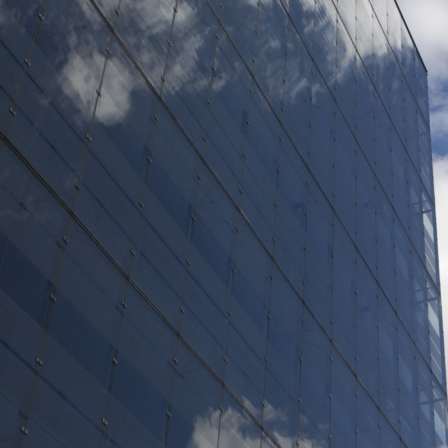
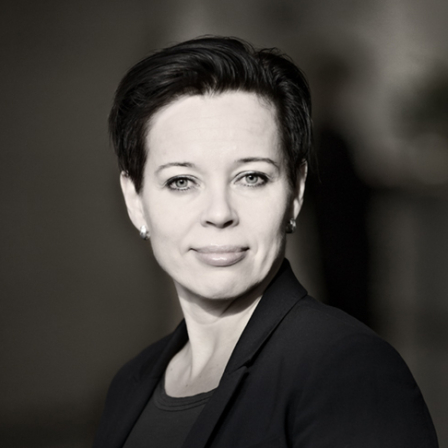
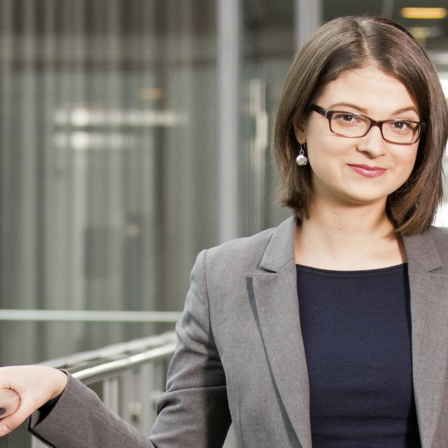
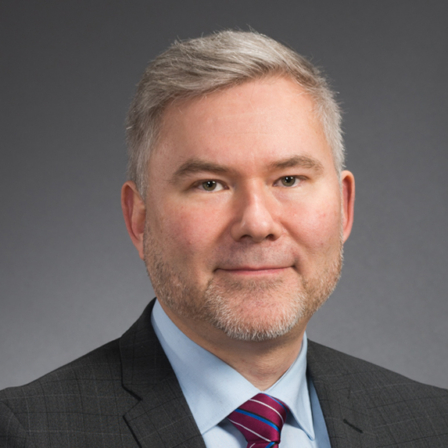
Recommended